
How To Rechamber A Rifle For The New 7mm PRC (Photo by Joseph von Benedikt)
If you don’t have your head buried in the sand, you understand why the new Hornady 7mm PRC cartridge has created such a stir. You also understand that it could be months before rifles chambered in 7mm PRC are readily available on dealer’s shelves.
It’s debatable whether a new cartridge has ever before driven as much internet buzz as the 7mm PRC. That’s in large part due to the inherent coolness of the cartridge, but it is also thanks to the fact that few shooters want to wait to own one. “How to build a 7mm PRC” is a popular search. The easiest and most practical way, of course, is to convert a rifle already in your gun safe. Thankfully, the process isn’t particularly hard.
Table of Contents
Step 1: Find An Appropriate Bolt-Action

First, your action must be compatible with the 7mm PRC. That means your donor rifle must have a magnum-diameter bolt face compatible with the cartridge’s 0.532-inch case head. It also must have feed rails and a magazine box compatible with the PRC cartridge.
Thankfully, just about every magnum action for popular rounds such as the 7mm Rem Mag and .300 Win. Mag. are ideal. Unlike the longer .300 PRC, which demands a true long magnum action that will house 3.700-inch-long cartridges, the 7mm version fits in standard-length actions that house 3.400-inch cartridges. This opens a plethora of great options for conversion.

Without debate, the most sensible action for conversion to 7mm PRC is a Remington 700 or 700 clone. This isn’t because of inherent superiority; it’s simply because there are more aftermarket parts for the 700 than for any other. This includes stocks, triggers, magazines, bottom metal and so forth. Plus, the M700 is naturally easy to make accurate, which makes it and the 7mm PRC a match made in heaven. However, any good magnum action will do just fine. As you’ll see, I didn’t use an M700 action, for reasons I’ll discuss later.

Unfortunately, you can’t just ream out a 7mm Rem Mag chamber to make it a 7mm PRC. Whatever cartridge your donor rifle is chambered for, you’ll need a new barrel. You can opt for an entry-level replacement barrel, which will cost you around $200. Don’t do it. Spend the dollars for a premium, match-grade barrel. The 7mm PRC cartridge deserves it, and in the long run, you’ll never regret the extra money.
You can get a good all-steel Shaw Barrels, Bartlein, Proof Research or Krieger barrel for less than $400. If you want the ultimate hunting-rifle barrel and can stretch the wallet, splurge for a fine carbon-fiber-wrapped barrel. The extra diameter adds accuracy-enhancing stiffness without weight, and the vibration-dampening effect of the carbon fiber makes such barrels particularly forgiving and accurate.
Step 3: The Right Stock

Without a stock that’s rigid and ergonomic, your rifle won’t shoot consistently, and you the shooter won’t be able to get the best accuracy your rifle possesses. If your donor rifle doesn’t have a good stock, buy an aftermarket one.
Best of the lot are the carbon-fiber and carbon-fiber blend stocks that are hand laid, not injection molded. They’re expensive, but worth every penny. Also good are laminated wood stocks. They’re rigid and impervious to heat and moisture extremes like carbon fiber. However, they’re quite heavy. On the plus side, they’re also quite affordable. If you use a natural wooden stock—like the walnut I used on the rifle built for this article project—use a good dense stick of walnut. Avoid birch or beech or other cheap woods. Be sure your gunsmith glass beds it fully and seals the barrel channel and magazine mortice against moisture so the stock will remain stable in various climates.
For the most part, avoid injection-molded plastic stocks. They’re impervious to moisture, yes, but they’re also flimsy and flexible and susceptible to extremes in heat and cold. I’ve seen injection-molded stocks become nearly malleable in 100+ temps and brittle enough to shatter in sub-zero temps.
Step 4: Hire a proper gunsmith
I can’t stress how important this is. No matter how premium the quality if your parts is, the craftsmanship of your chosen gunsmith will make or break your project. Don’t get a hobby ’smith who works out of his garage to do your work.
My Personal 7mm PRC Build

Like Col. Townsend Whelen, who famously said, “Only accurate rifles are interesting,” I’m a fan of tack-drivers. I’m also a fan of extreme ballistic performance, which the 7mm PRC embodies. When assigned this article project, part of the protocol was to keep it simple and use whatever approach was most practical, just as most shooters interested in a similar project would. If I’d had a magnum Remington Model 700 action on hand that I wasn’t using, I’d have picked it. But I didn’t, and I was glad I didn’t.
What I did have was a stainless Winchester Model 70 action, with a poor-shooting .338 Win Mag barrel. Now, I’m a big fan of Mauser-based controlled-feed actions, and I gleefully dug up the dusty barreled action for my project. Few 7mm PRC rifles being built have controlled-feed actions. I’d be using mine in elk and bear country, and I figured it would not only be unique, it would be just right. I also had a nice walnut stock I’d taken off of a different M70 I had customized and re-stocked. Ideally, I’ll someday have a nice carbon fiber stock fit to the customized rifle, but for the time being time was short and the Walnut stock would serve beautifully—and again, be distinctive.
Because I’m a sucker for premium accuracy and forgiving consistency, I ordered a carbon-fiber-wrapped 22-inch Proof Research barrel with a 1:8 twist, so it will handle any and all high-BC long-range bullets. It’s the Sendero profile, so it’s as rigid as they come and will comfortably carry my titanium Banish 30 suppressor by Silencer Central. Plus, I was guessing the distinctive carbon fiber pattern in the Proof barrel would look smashing with the rich French Red finish on my walnut stock.

Hill Country Rifles in Texas consented to expedite the build to help me make my deadline. HCR has a team of excellent gunsmiths, and does superlative work. Off went all my parts to Matt Bettersworth, my friend at HCR. Aside from an invisible issue with the M70s cocking piece, which HCR fixed, the rifle came together beautifully. I received an email from Matt stating, “…looks pretty darn good. Factory ELD-X shot right at ½ inch.”
As you can see from the photographs, Matt was right. The rifle looks great. It’s distinctive, classy, capable, and it shoots as well as it looks. I accuracy-tested two of Hornady’s 7mm PRC factory loads through it, firing three consecutive three-shot groups at 100 yards and was impressed. Factory-loaded 175-grain ELD-X bullets averaged .56-inch groups—in a blowing snowstorm. Muzzle velocity in the 22-inch barrel was 2,926 fps with a standard deviation of 14 fps.

Hornady’s 180-grain ELD Match load is usually a tad more accurate, but in this rifle, it averaged 0.84-inch groups. Still good, but my rifle shoots the 175-grain ELD-X hunting load better. I’m glad, because this is a hunting rifle. It’s worth noting that the match ammo did turn in super good consistency, averaging 2,914 fps with just 9 fps of standard deviation. Factory ammo that scores in the single digits is impressive.
All you need to get your own custom 7mm PRC rifle built is a donor rifle with an appropriate action, match-grade 7mm barrel with 1:8-inch rifling twist, quality, stable stock and a trustworthy gunsmith with a 7mm PRC reamer. New factory-production rifles are sure to start trickling into the market place throughout 2024. However, it could be a long time before you find one that’s exactly what you want. Why wait? Build one.

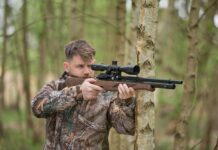






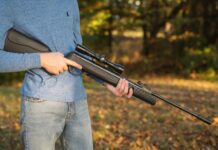





























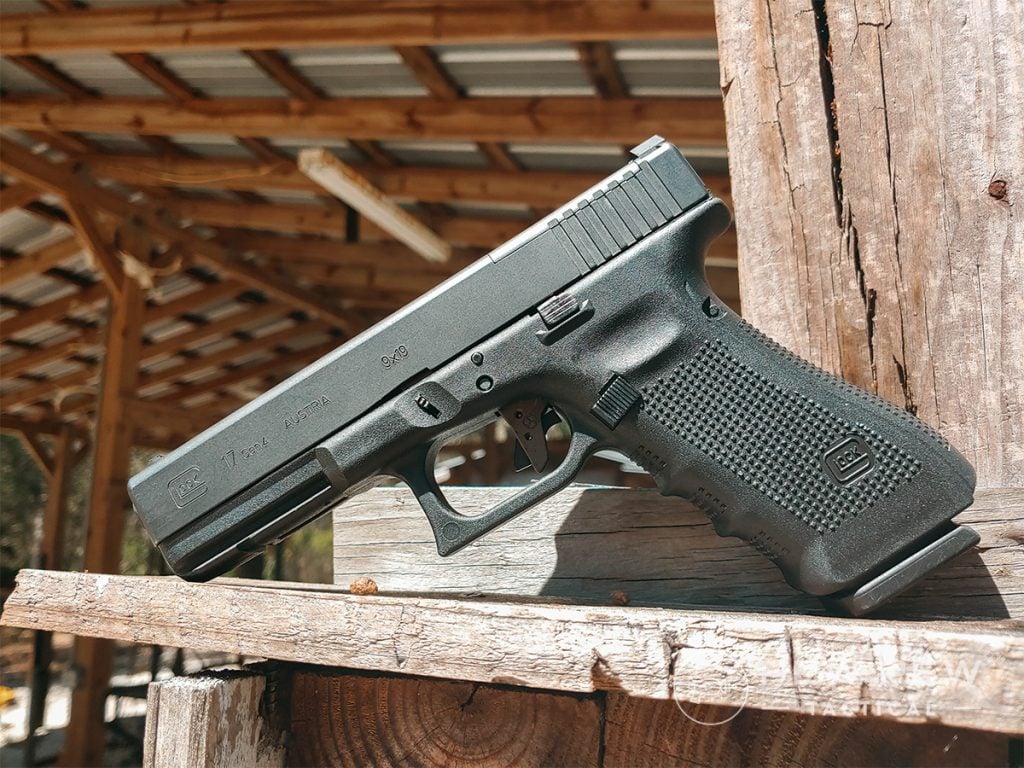
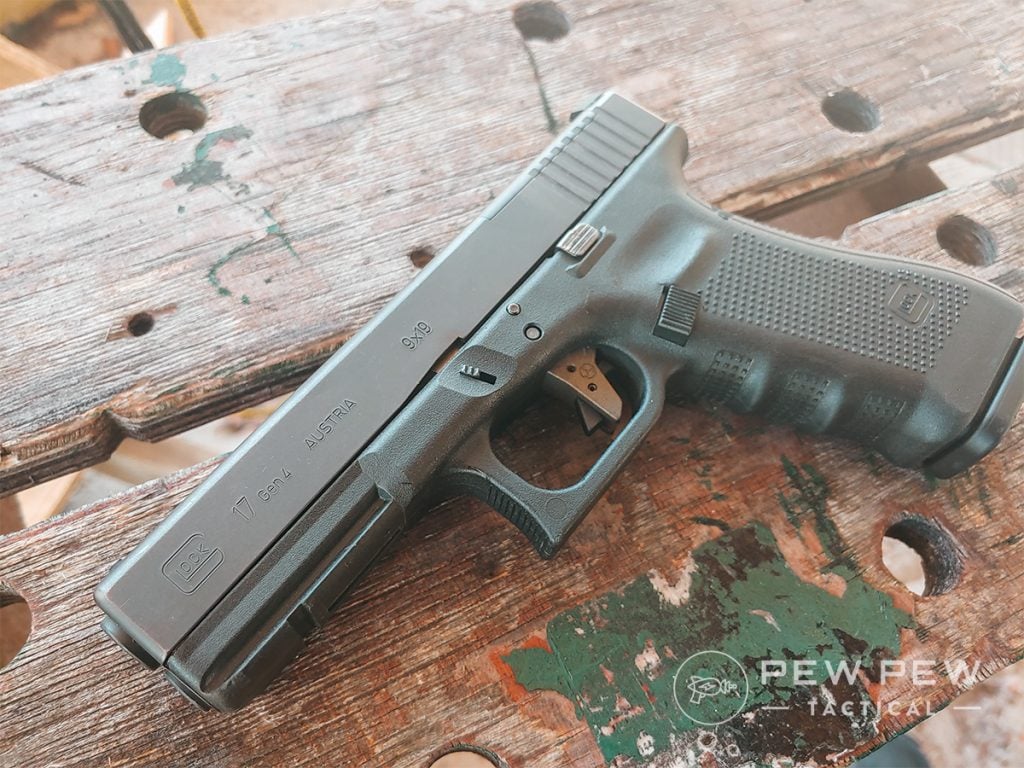
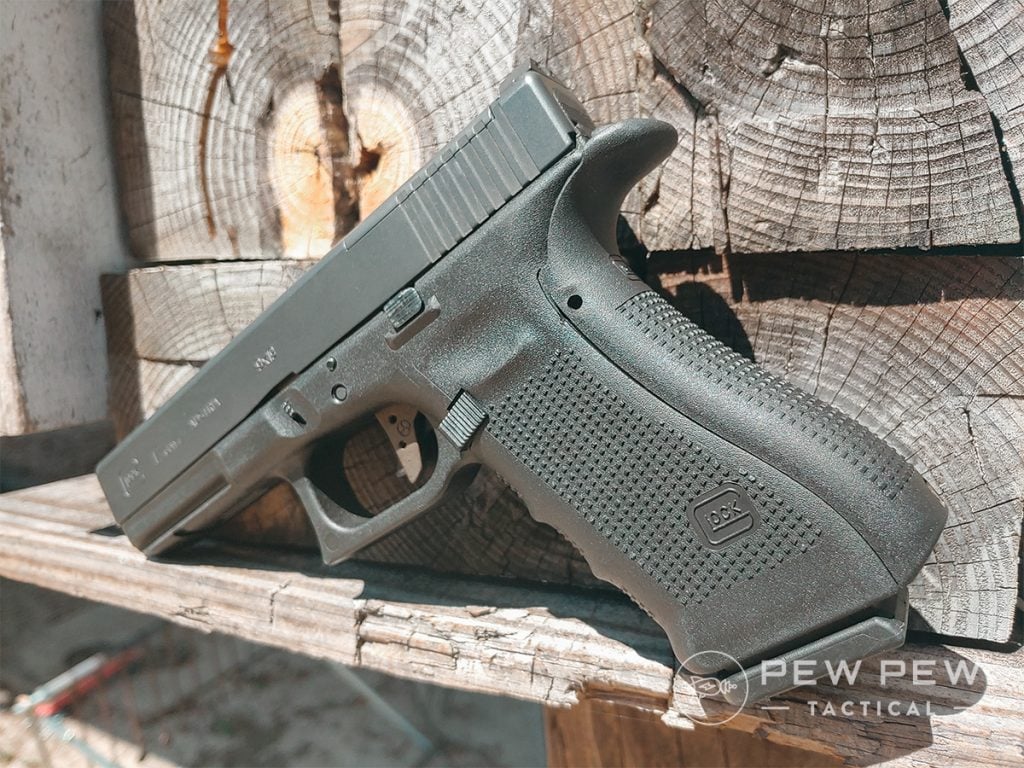

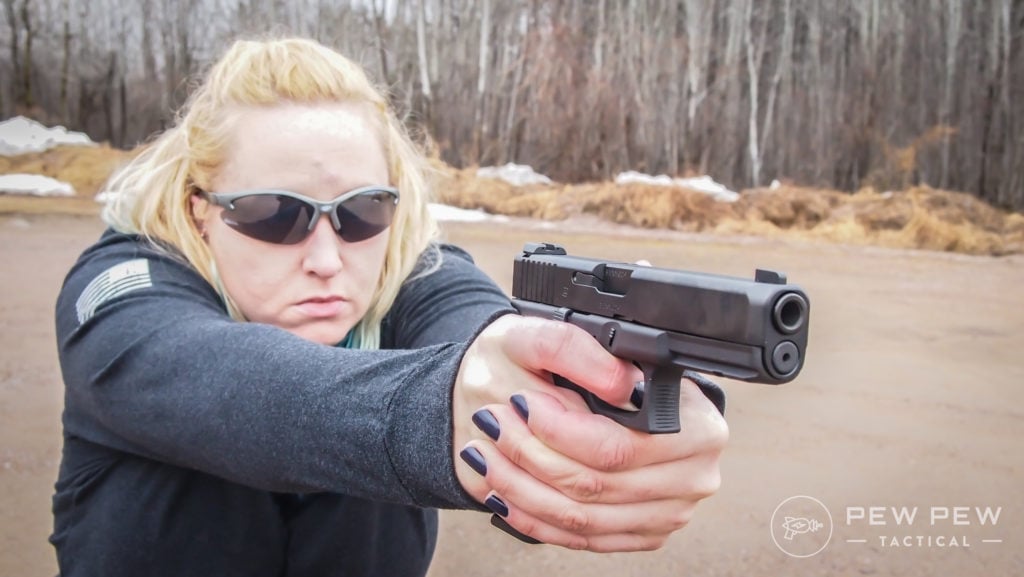
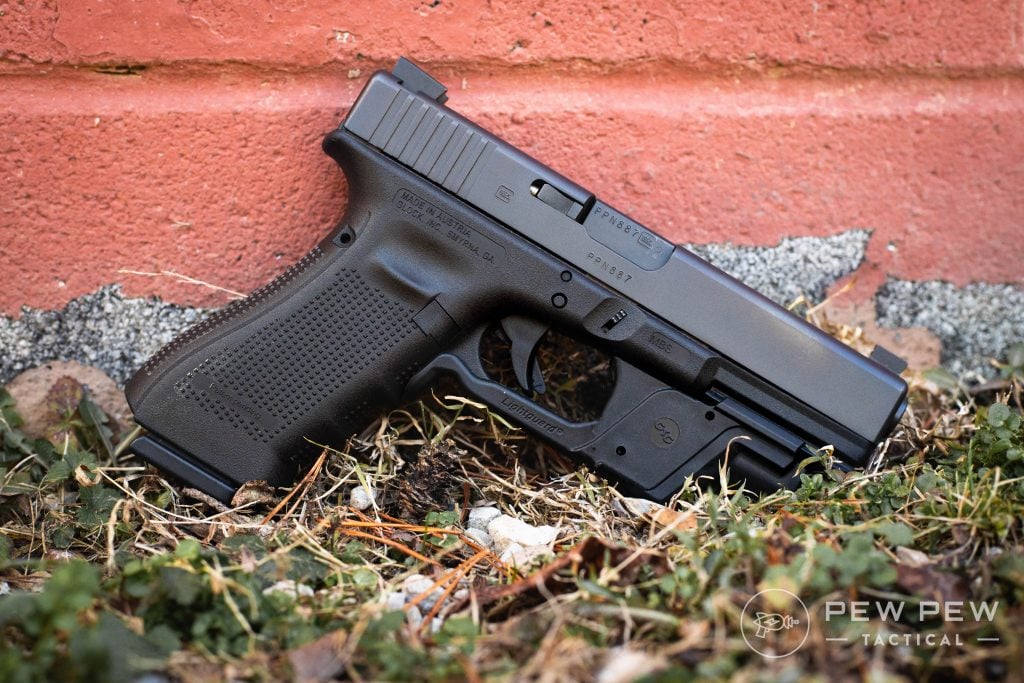
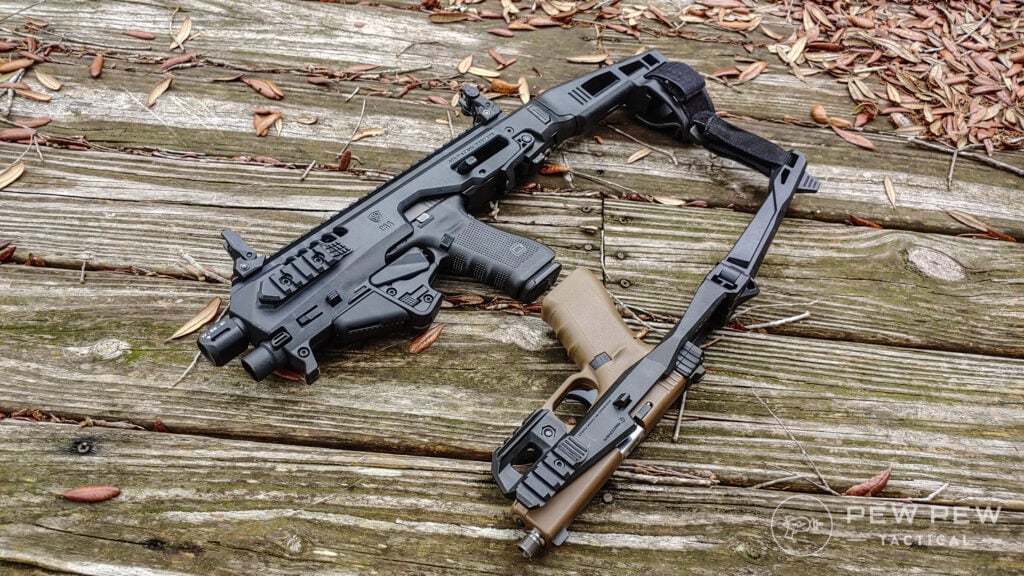
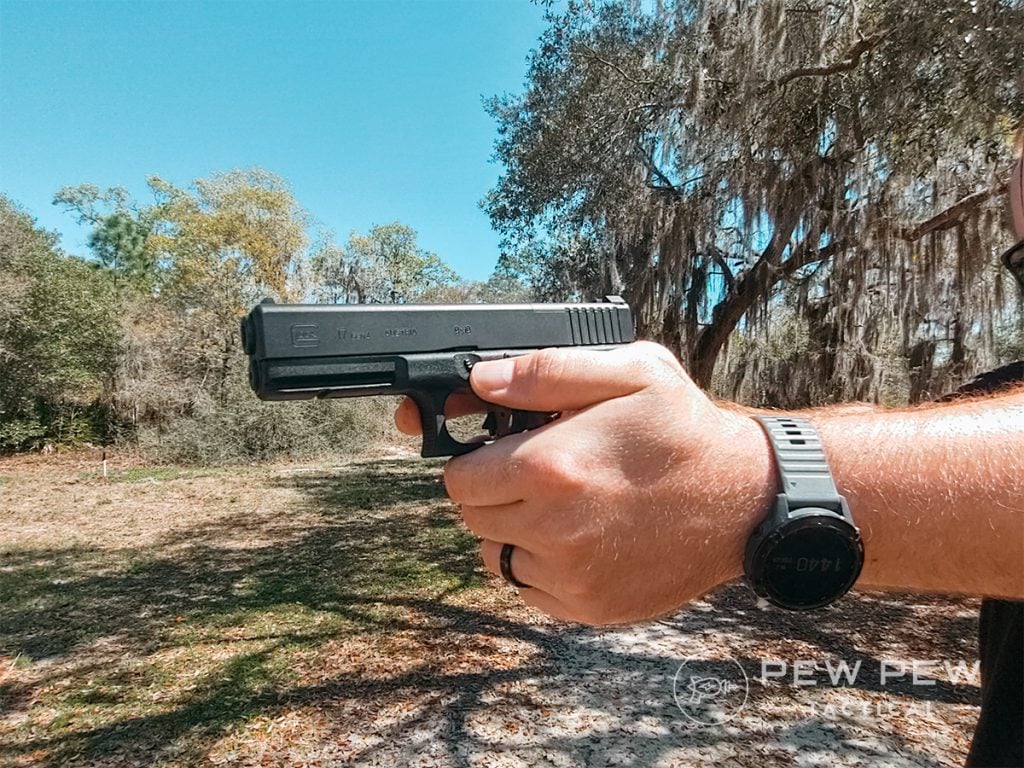
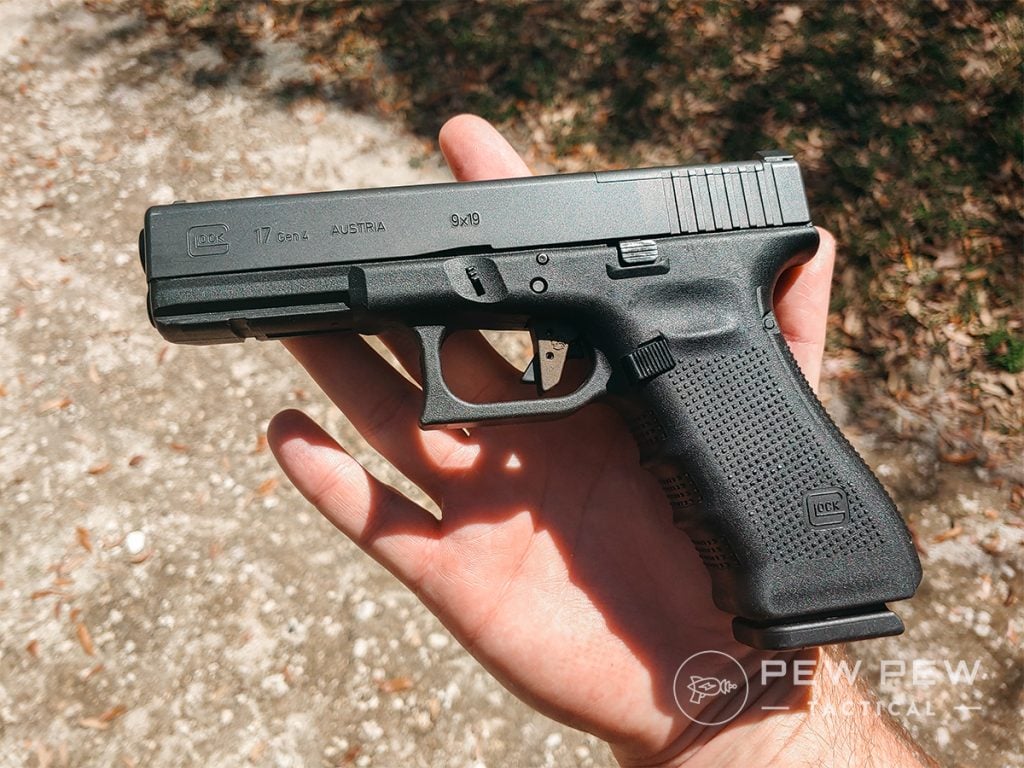
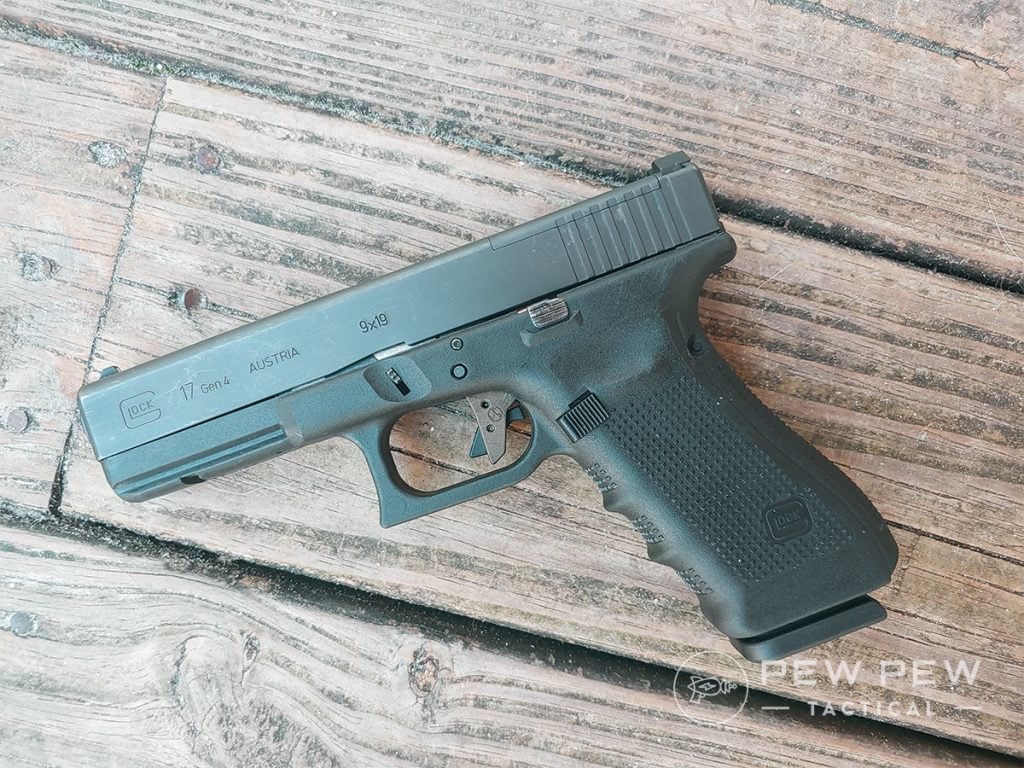
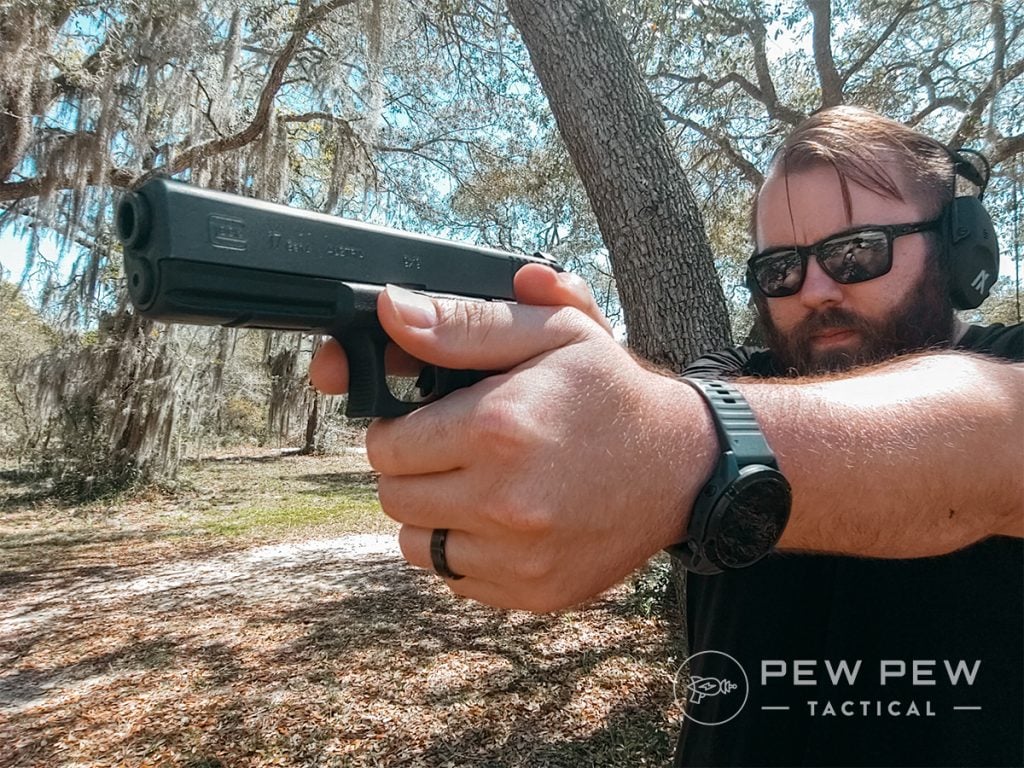
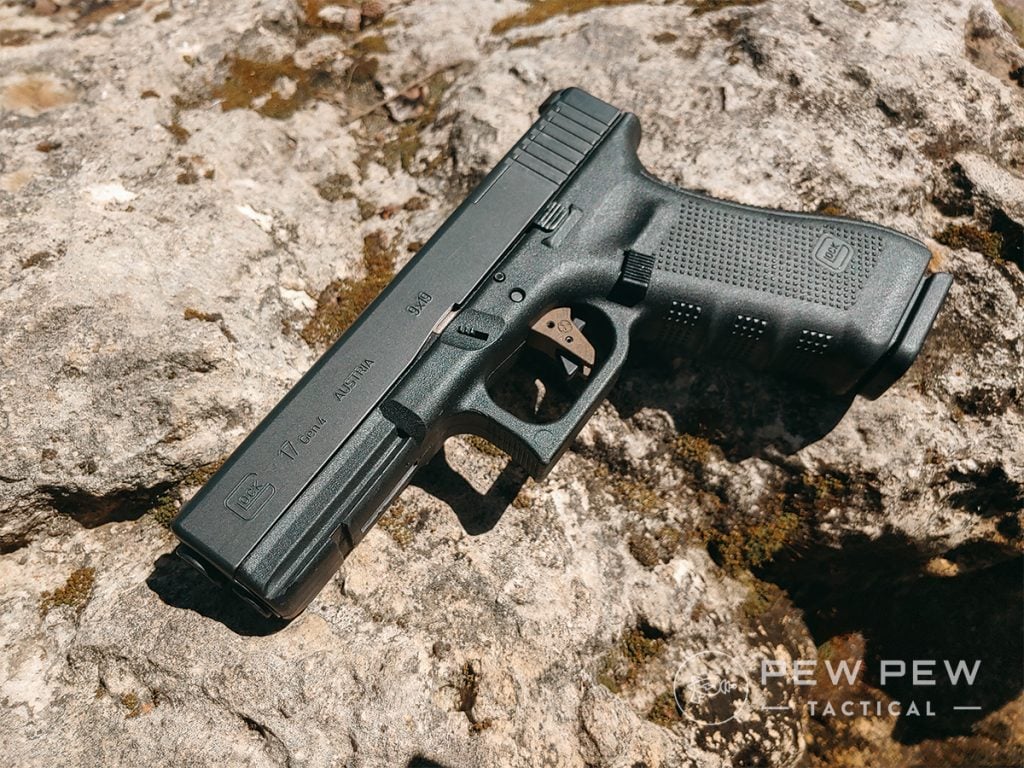
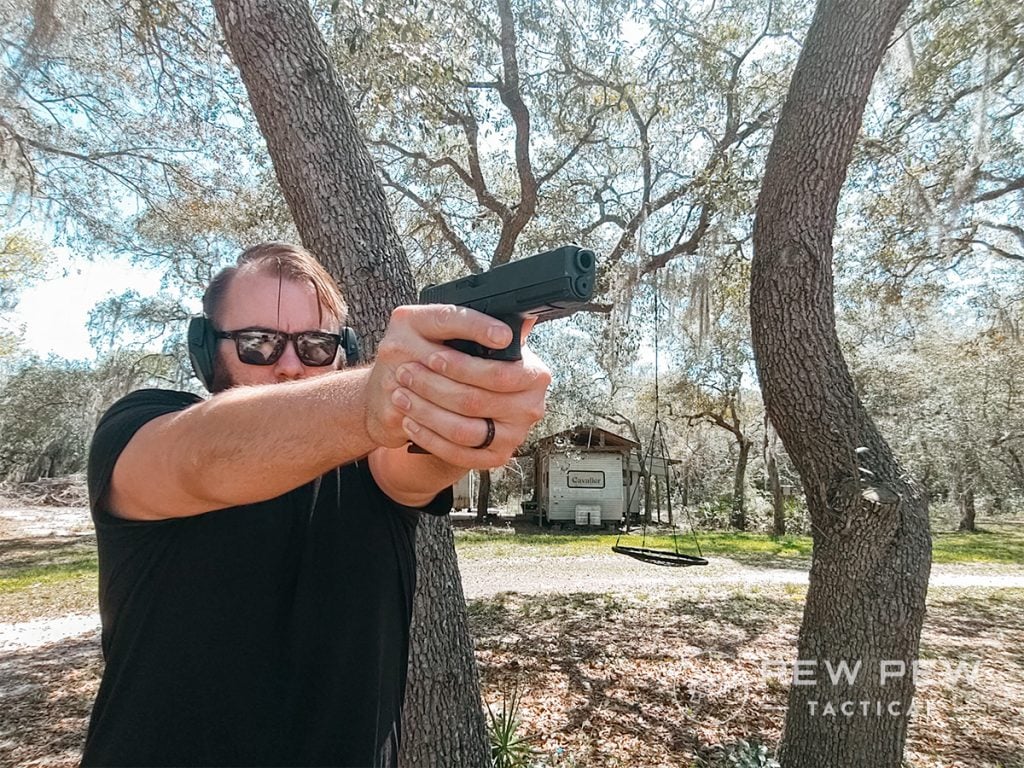
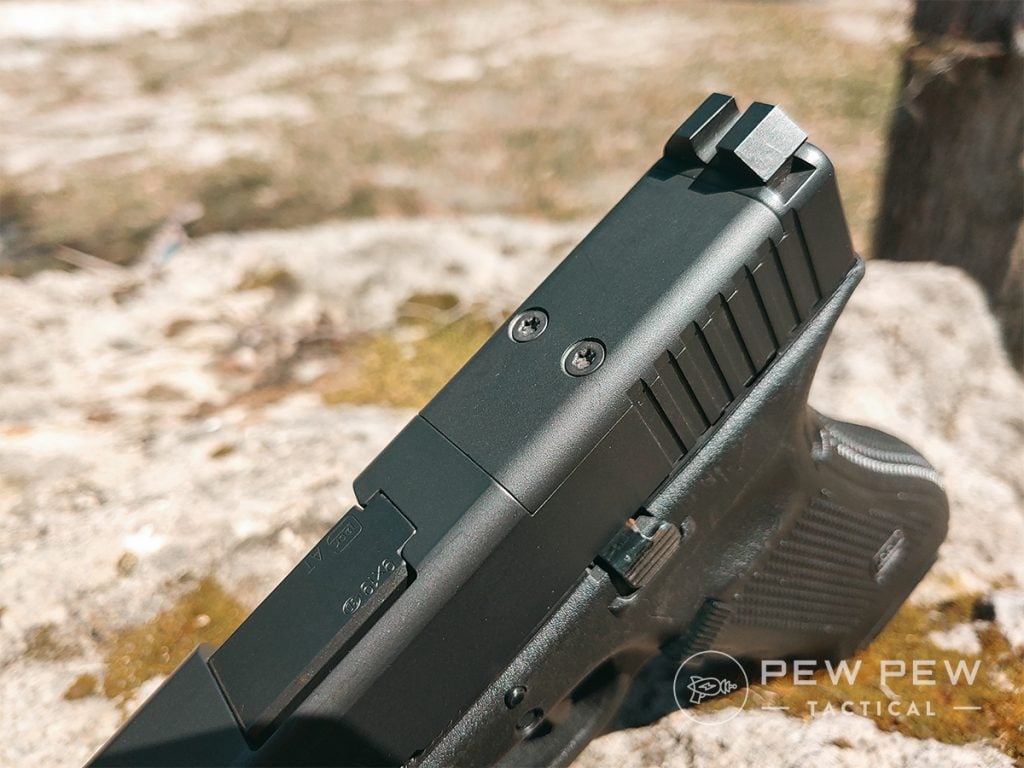

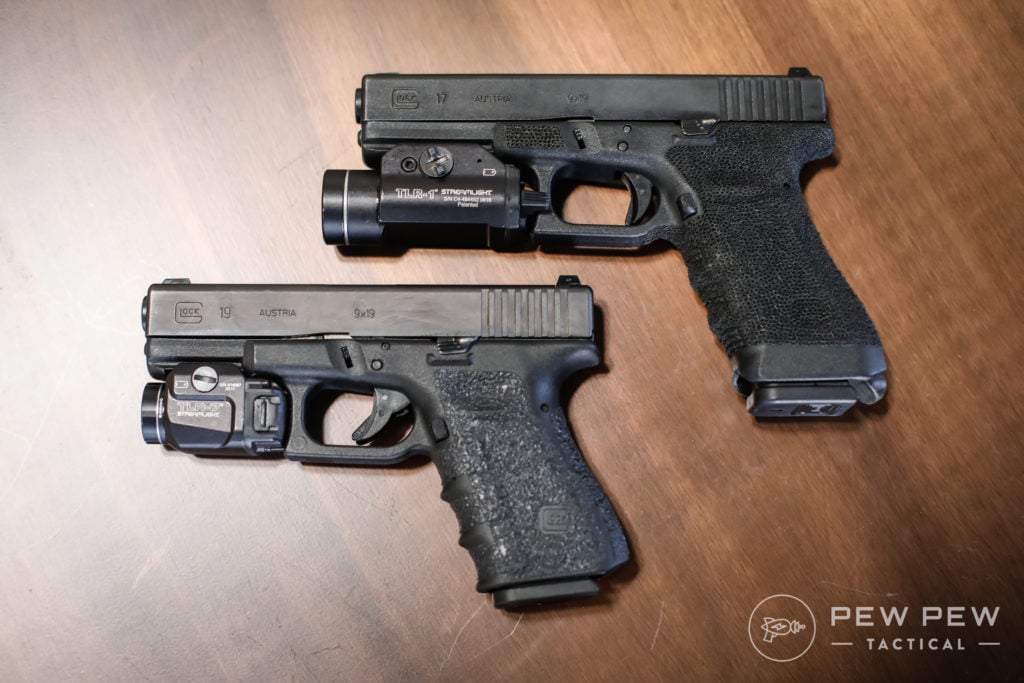
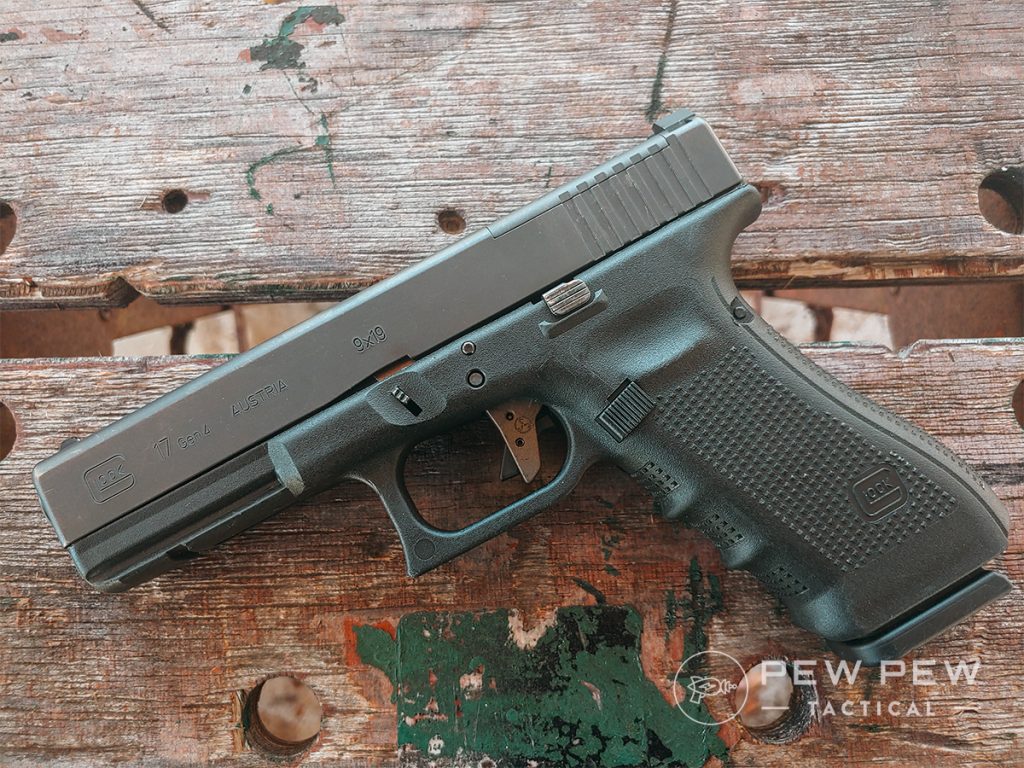


 Credit: Oddee
Credit: Oddee Credit: blogspot.com
Credit: blogspot.com













